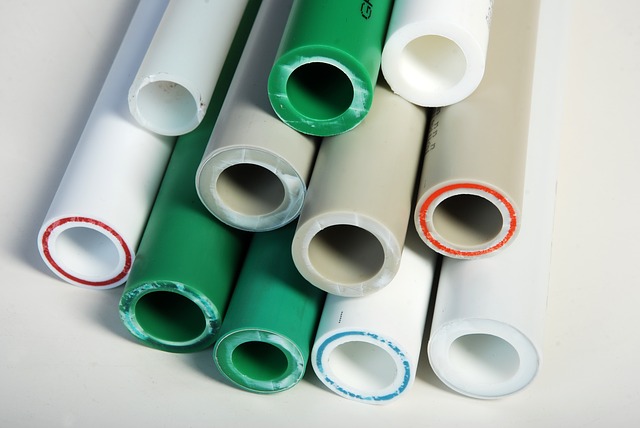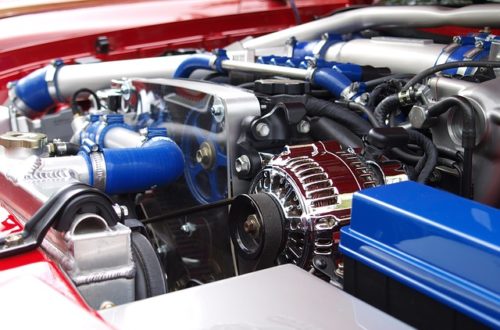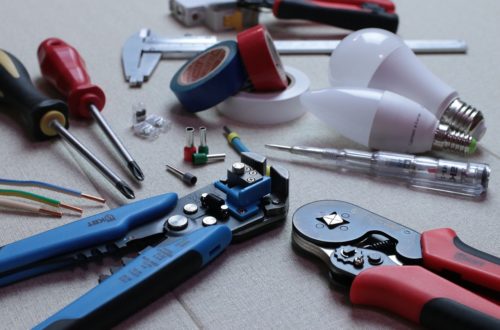What is Injection Moulding?

Injection moulding is the process of shaping plastic resin into plastic parts using heat, pressure and a mould. As one of the most widely used plastic manufacturing methods in the world, the process can produce plastic parts of many sizes and applications. Injection moulding is also very quick and accurate, able to produce large numbers of high quality parts in a short period of time.
Which plastic materials are used in Injection Moulding?
Thermoplastic resins including polystyrene, polyethene, polypropylene and nylon can be used in the injection moulding process. As these materials consist of interconnecting soft and hard bonds, they can be heated and shaped multiple times but remain hard when cool.
Which plastic parts are produced with Injection Moulding?
Injection Moulding is used for the production of thin-walled plastic parts: most commonly ‘plastic housings’. These housings find application in a variety of products which include household appliances, power tools, consumer electronics and automotive dashboards. Other thin-walled plastic products include buckets, toothbrushes and toys. Even medical devices such as syringes and valves are sometimes manufactured using the injection moulding method.
What is the process of Injection Moulding?
The injection moulding machine is quite complex but most basically, material is moulded in these four stages:
- Clamping. The two halves of the predesigned mould must first be secured by the clamping unit. Each half is attached to each side of the clamp before the clamp is pushed together with sufficient force. The pressure ensures that the two parts of the mould remain in secure contact during the process.
- Injection. Raw plastic material in the form of powder or pellets is inserted into the tube of the injection moulding machine. Inside the tube, a screw thread pushes the material along into a heated section where it reaches its melting point and becomes liquid. The molten plastic is then moved along into the mould where the build-up of pressure fills and holds the liquid in the required shape.
- Cooling. When the plastic enters the mould and comes into contact with its surfaces, it begins to cool immediately. At this point the plastic resin solidifies into the required shape. Different types of plastic materials take different amounts of time to cool depending on their thermodynamic properties.
- Ejection. Once the plastic material has fully cooled in the mould, it can be ejected. The clamp is opened and a mechanism pushes the newly formed shape out of the machine. This part of the process requires significant force and sometimes a mould release agent. As soon as the plastic part has been released, the clamp can be re-shut ready for the process to repeat.
Some post-processing is often required after the injection moulding is completed. While the plastic is cooling in the mould, material from the channels of the mould can solidify attached to the part and this excess material must be trimmed away.
What are the Advantages of Injection Moulding?
- Fast production – the injection moulding process takes a very short amount of time to complete, ranging between 2 seconds and 2 minutes depending on the size and shape of the mould. This means a large amount of parts can be produced per hour.
- Accurate – as a great deal of pressure is used to push the plastic material into the mould, plastic parts produced with this method are very accurate to their design, down to their very small intricacies.
- Flexible modification – almost an unlimited number of plastic shapes can be produced using the injection moulding method. Plus, after a plastic part has been produced by injection moulding, its colour and material can easily be changed.
- Low labour costs – Injection moulding requires very little or no labour. The tool is almost completely automatic and can often be run by a single operator.
- Low waste – as the injection moulding process is very accurate, little excess material needs trimming away. Plus, any waste material can be reground into plastic pellets for use again in the machine.
What are the Disadvantages of Injection Moulding?
- High initial cost for tools – The injection moulding machine is a very expensive piece of equipment to obtain and run. This means that maintenance and new parts also come at a significant cost.
- Mould design restrictions – There are limitations on which parts can be manufactured with the injection moulding process. Most importantly, the mould must be designed in two halves.
- Difficult to cost accurately – As different plastic parts can take different amounts of time to be produced, the cost of the method is very difficult to predict.
Would you like to receive similar articles by email?





